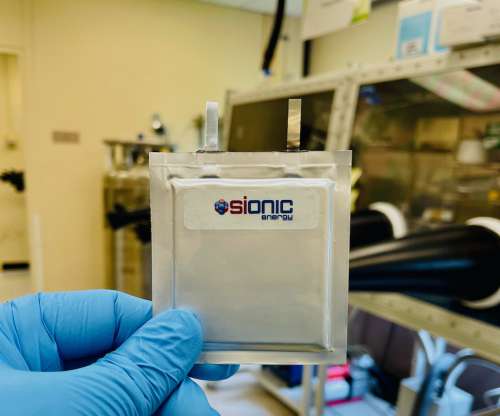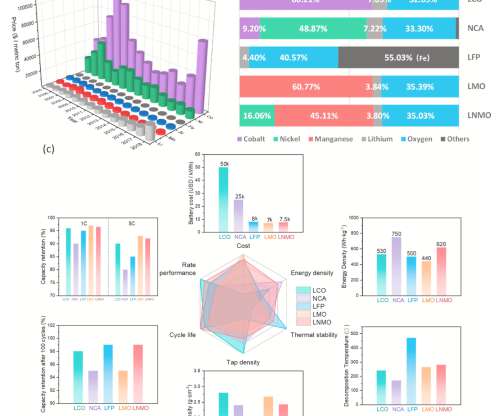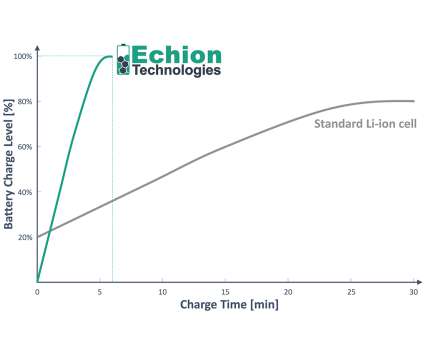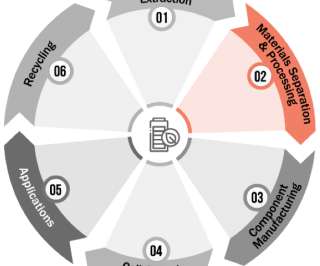Sionic Energy, formerly NOHMs, launches to commercialize next-generation silicon-anode Li-ion battery cells
Green Car Congress
APRIL 21, 2021
Sionic’s silicon-anode battery cell designs incorporate the company’s complete technology innovations that deliver up to 50% greater energy density, 30% lower cost, and increased safety, and can be integrated into cylindrical, pouch, or prismatic cell formats in existing cell production supply chains and infrastructure. —Ed Williams.





































Let's personalize your content